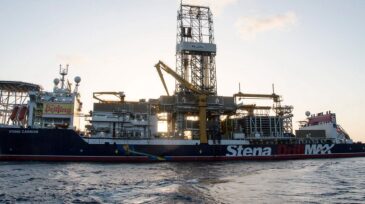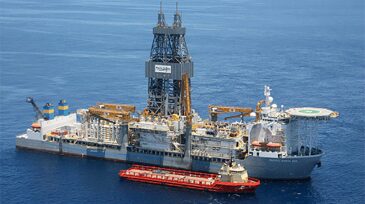deepwater
-
The oil and gas industry has vastly accelerated the pace of approving investments for new projects over the past 18 months. New facilities worth more than $110 billion have been approved for development since the beginning of 2017 vs. only $50 billion in 2016.
-
ExxonMobil’s hot streak of offshore discoveries have sparked investor interest in the Guyana-Suriname basin. How did the company get there, and why do industry representatives feel optimistic about future deepwater prospects in the region?
-
As the resources that the industry develops become increasingly challenging, access to a broader range of options and new and developing approaches allows more-efficient and -effective recovery.
-
Integrated surveillance is critical for understanding reservoir dynamics and improving field management. A key component of the surveillance is areal monitoring of subsurface changes by use of time-lapse geophysical surveys such as 4D seismic.
-
The complete paper presents a numerical work flow to simulate the effect of flow-induced fines migration on production decline over time in deepwater reservoirs.
-
The two supermajors and offshore powerhouses are assessing the latest Gulf of Mexico discovery.
-
Mexico’s Round 2.4 deepwater auction surpassed expectations as 19 of 29 blocks were awarded to 11 firms from 10 countries.
-
Long-term studies of oil spill responders are urgently needed as oil spills continue to occur. To this end, the prospective Deepwater Horizon (DWH) Oil Spill Coast Guard Cohort study was established . DWH oil spill responders and nonresponders who were members of the US Coast guard were included.
-
A team of researchers from the University of Houston is working with the oil industry to develop new ways to predict when an offshore drilling rig is at risk for a potentially catastrophic accident.
-
Total just strengthened its presence in United States deepwater plays through an acquisition from Samson that gives the French company a 12.5% interest in blocks covering the Anchor discovery, one of the most significant recent finds in the Gulf of Mexico.









